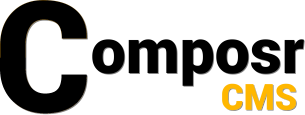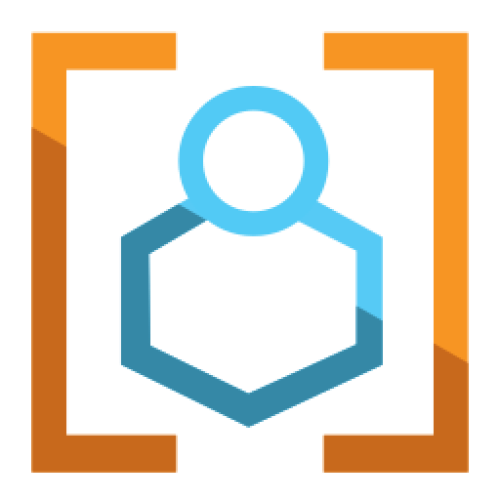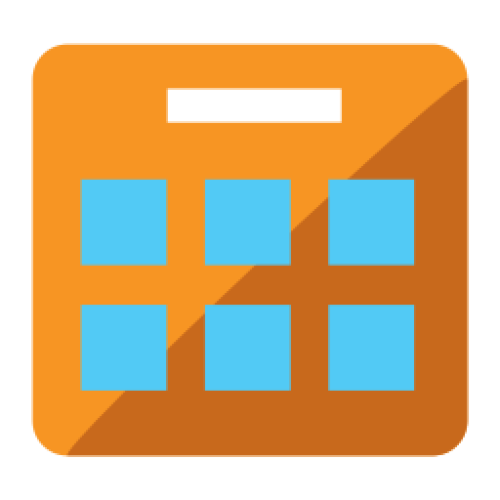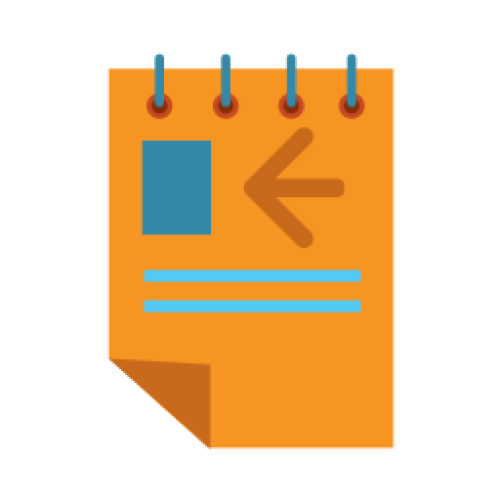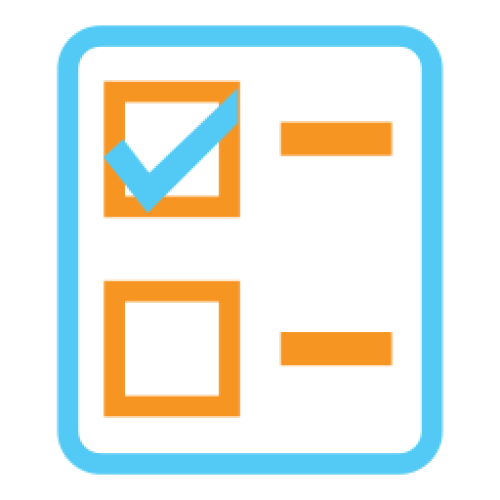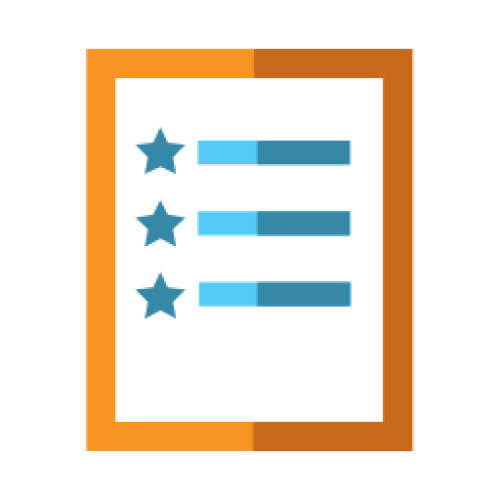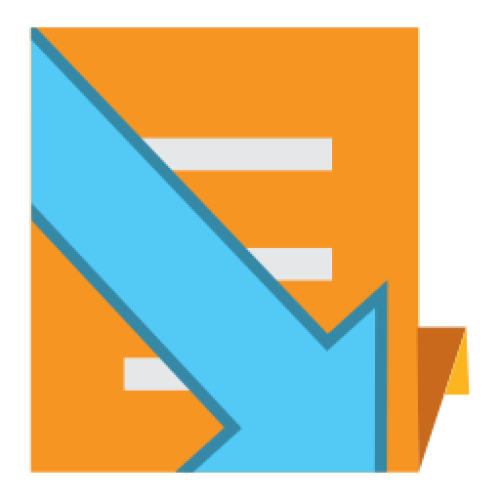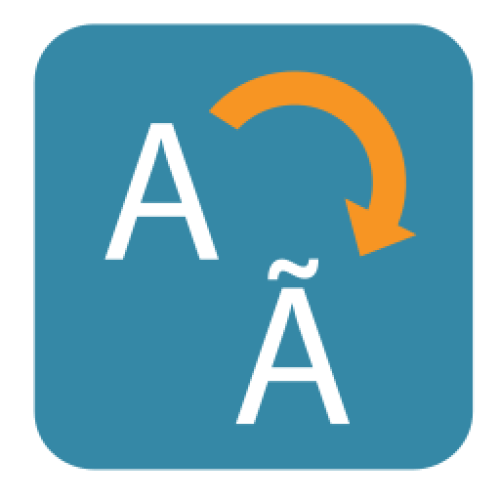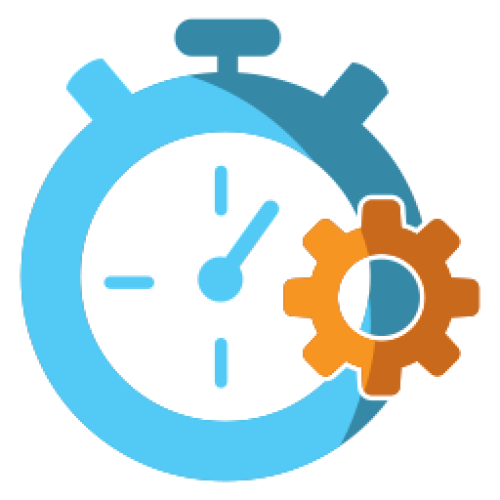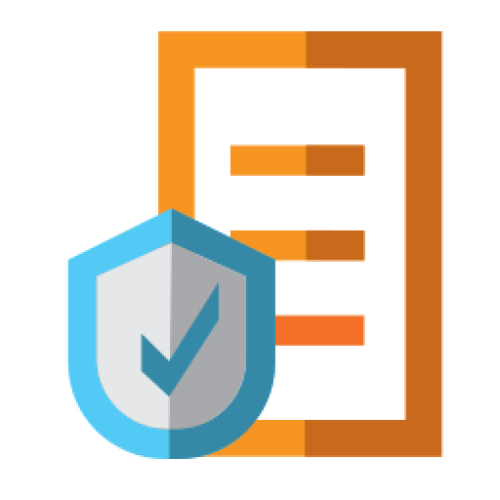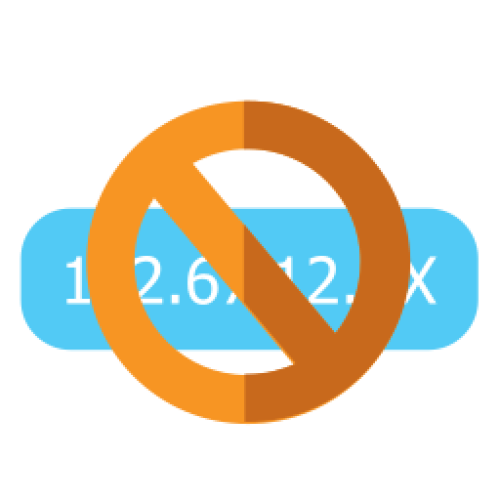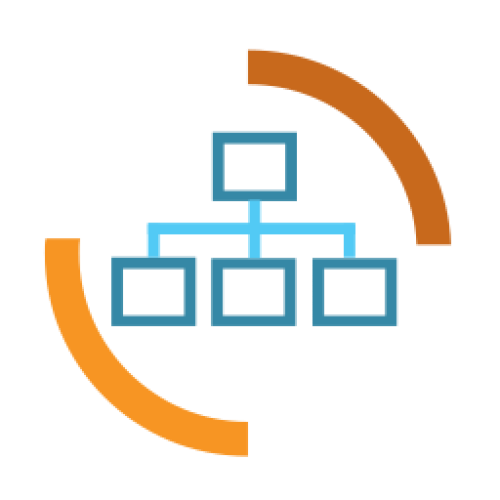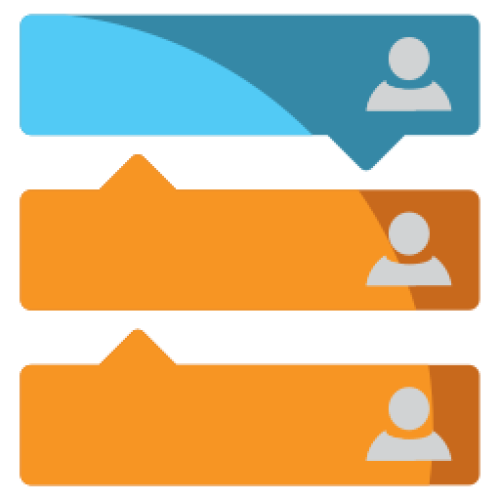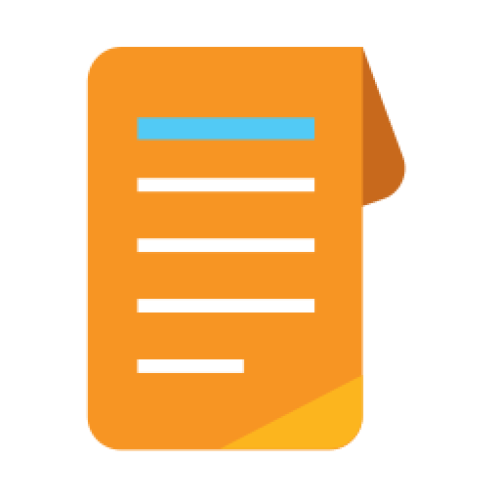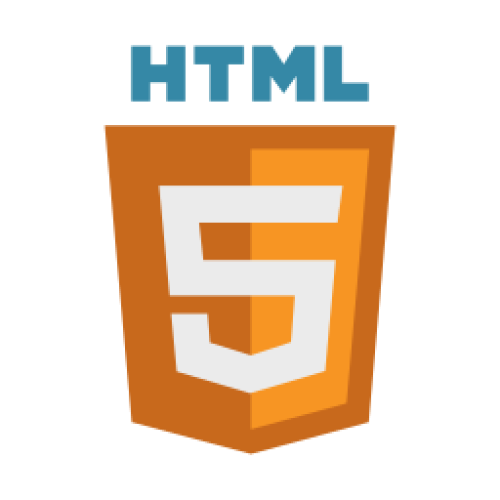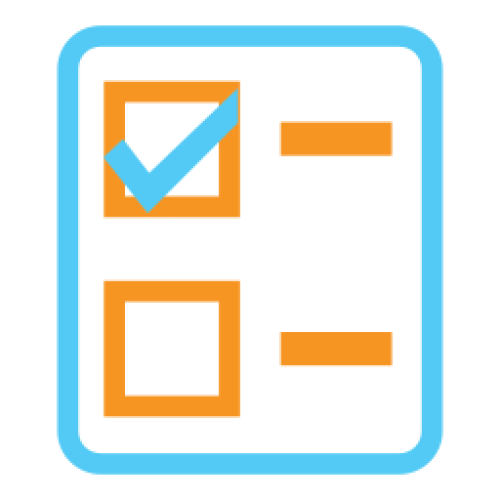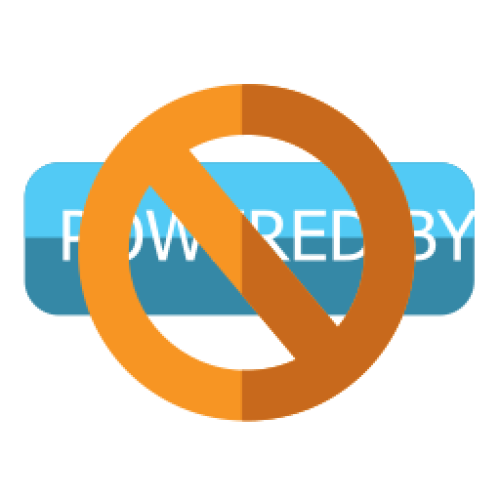Features: A-Z Index
A
B
C
D
E
F
G
I
L
M
N
P
Q
R
S
T
W
Newest 10 Entries
| Question | What are the current release plans for version 11? |
|---|---|
| Answer | As of July 22, 2024, we entered beta status where our focus is now smashing bugs and stabilising the software. All planned features have been implemented for 11.0 (and most others deferred to 11.1 or later), though we may still merge in a few minor features or tweaks. The upgrader has been tested on a typical non-custom v10 site. We will be releasing several beta versions in the beta phase. We do not know when we will be able to release the first Release Candidate or stable versions at this time. These plans are all subject to change without notice. |
| Question | Why is there a separate website for version 11? |
|---|---|
| Answer | That is explained in detail in this news article on compo.sr including the migration plans and implications. |
Top 10 Entries
| Question | How does Composr prevent spam? |
|---|---|
| Answer | Composr offers several tools and techniques to combat spam, including:
|
| Question | What is the "Sitemap" in Composr, and how is it used? |
|---|---|
| Answer | The Sitemap is a hierarchical representation of your website's content, including zones, pages, categories, and entries. Composr generates the Sitemap dynamically and uses it for various purposes:
You can edit the sitemap under Admin Zone > Structure > Sitemap editor. |
| Question | Can I change the URL scheme after my website is already live? |
|---|---|
| Answer | Yes, you can enable or change a URL scheme on an existing website. Old URLs will redirect to the new format, ensuring that your SEO isn't negatively impacted. The canonical URL will also be specified in your website's HTML, further protecting your search rankings. |
| Question | How do URL schemes work, and what are the benefits of using them? |
|---|---|
| Answer | URL schemes allow you to control the structure of your website's URLs. Composr offers several schemes that create shorter, more user-friendly URLs:
Benefits of using URL schemes include:
|
| Question | What are "breadcrumbs," and how can I customize them? |
|---|---|
| Answer | Breadcrumbs are a navigation aid that shows the user their current location within the website's hierarchy. In Composr, breadcrumbs are customizable through an XML file. You can override default breadcrumbs using "match-keys" to target specific pages and define the desired breadcrumb structure. This allows you to adjust the breadcrumb trail to better match your website's organization. To edit, go to Admin Zone > Structure > Configure breadcrumb overrides. |
| Question | How can I control which panels are displayed on specific pages? |
|---|---|
| Answer | Panels are the areas around your main content area where you can place menus, blocks, and other dynamic elements. You can control panel visibility using display rules within your panel's Comcode: {+START,IF,{$NEQ,{$PAGE},example_page_1,example_page_2,example_page_3}} ... panel content ... {+END} This example prevents the panel from showing on pages named "example_page_1," "example_page_2," and "example_page_3." |
| Question | What is a "page-link," and how does it differ from a URL? |
|---|---|
| Answer | A page-link is a Composr-specific way to reference a page or screen within your website. It's a simplified, local representation of a URL, independent of the URL scheme you might be using. For example, the page-link site:downloads:browse:10 points to the download category with ID 10 in the site zone. This page-link remains consistent even if your URL scheme changes the way URLs are structured. Page-links also do not consider monikers, so if a URL moniker changes, page-links will stay the same. This is a powerful feature as you can use the Comcode [page="page-link"]Page title[/page] tag to generate URLs of local content. And these will always work regardless of URL scheme or moniker. |
| Question | How do menus work in Composr, and can I customize them? |
|---|---|
| Answer | Composr has a flexible menu system that can be customized to your needs.
Menus can be added to panels (sidebars, headers, footers) or embedded directly within Comcode pages. The menu editor provides tools for adding branches, setting captions, tooltips, and URLs, and even defining context-sensitive behavior using "match-keys." |
| Question | What are "zones" in Composr, and what are they used for? |
|---|---|
| Answer | Zones are like sub-sites within your Composr website. They provide a way to organize content and apply different settings, like permissions, themes, and navigation. Some default zones include:
|
| Question | What are the different ways to control access in Composr? |
|---|---|
| Answer | Composr offers a robust permission system with various methods for controlling access:
|
